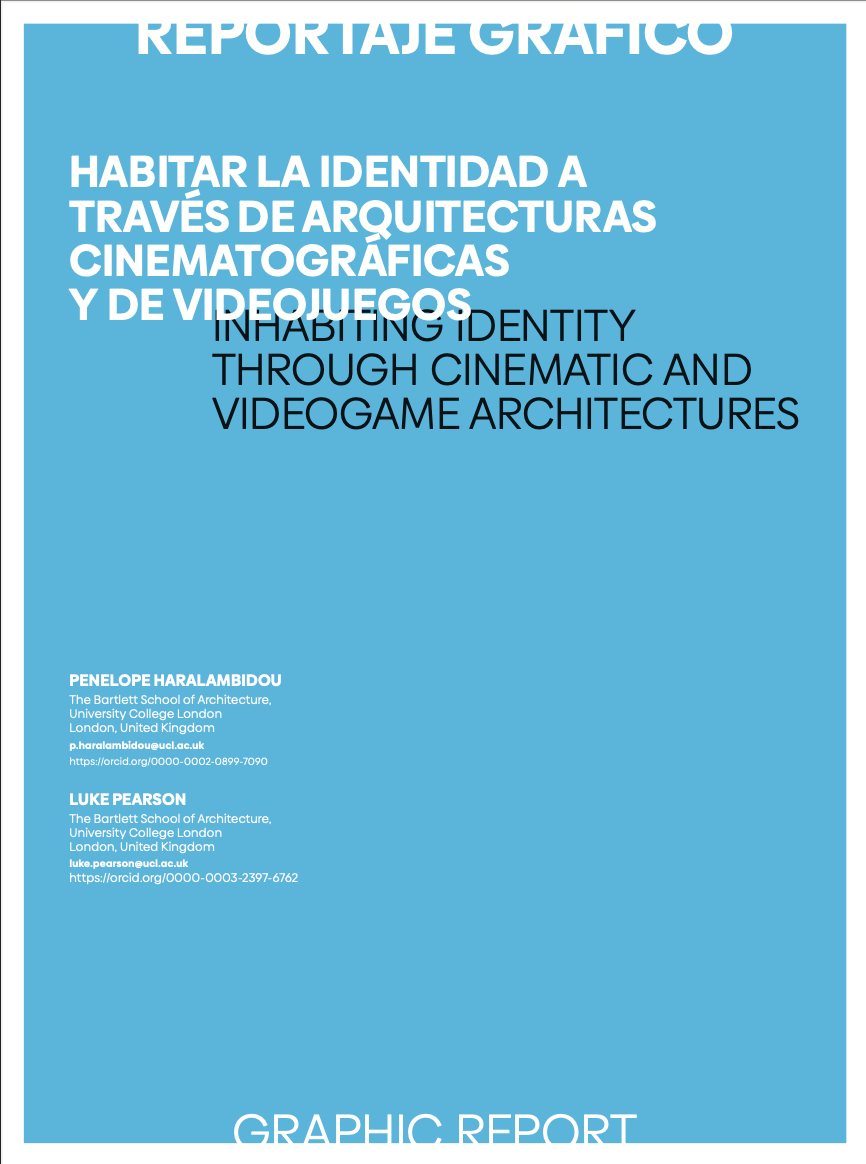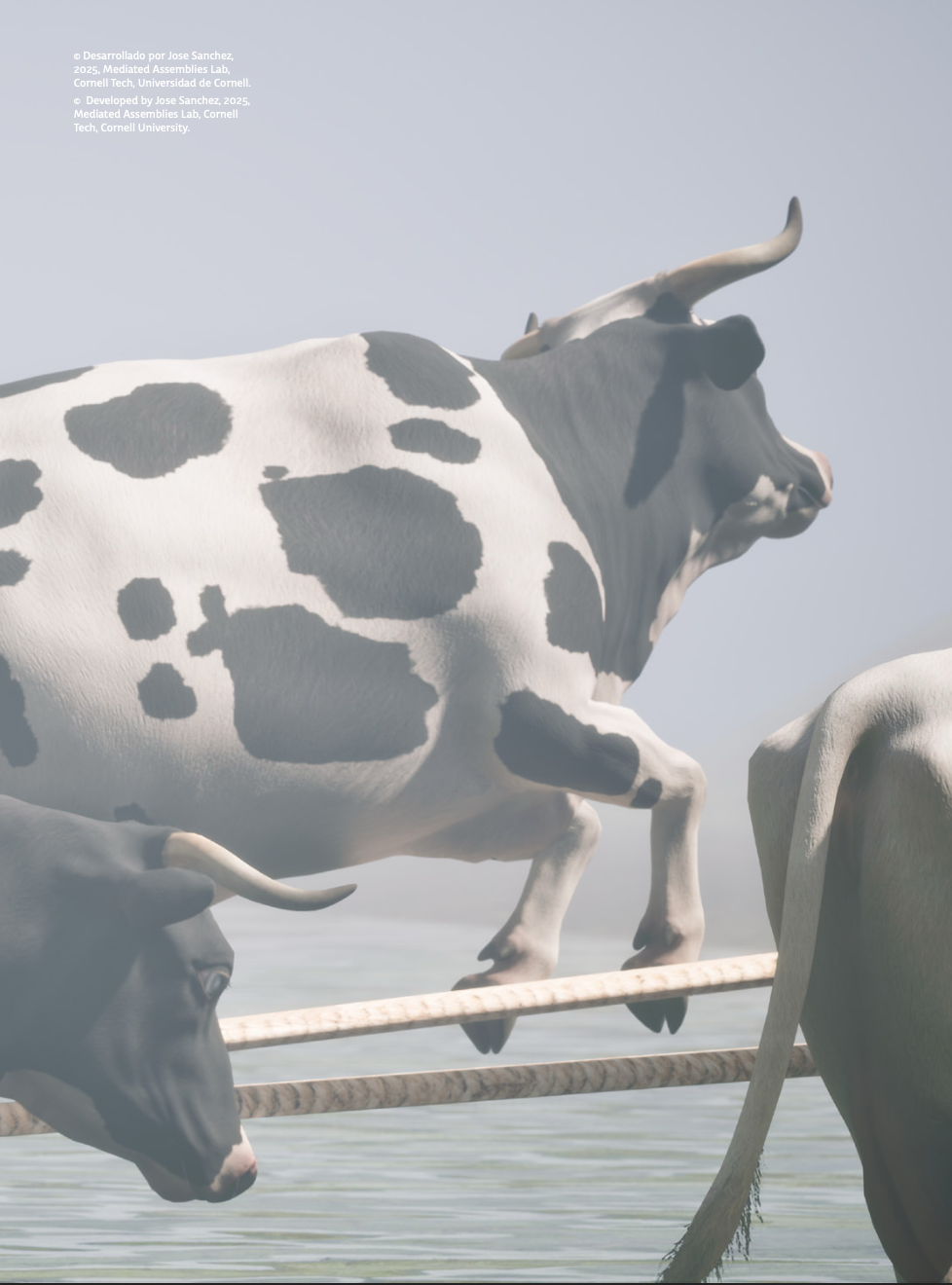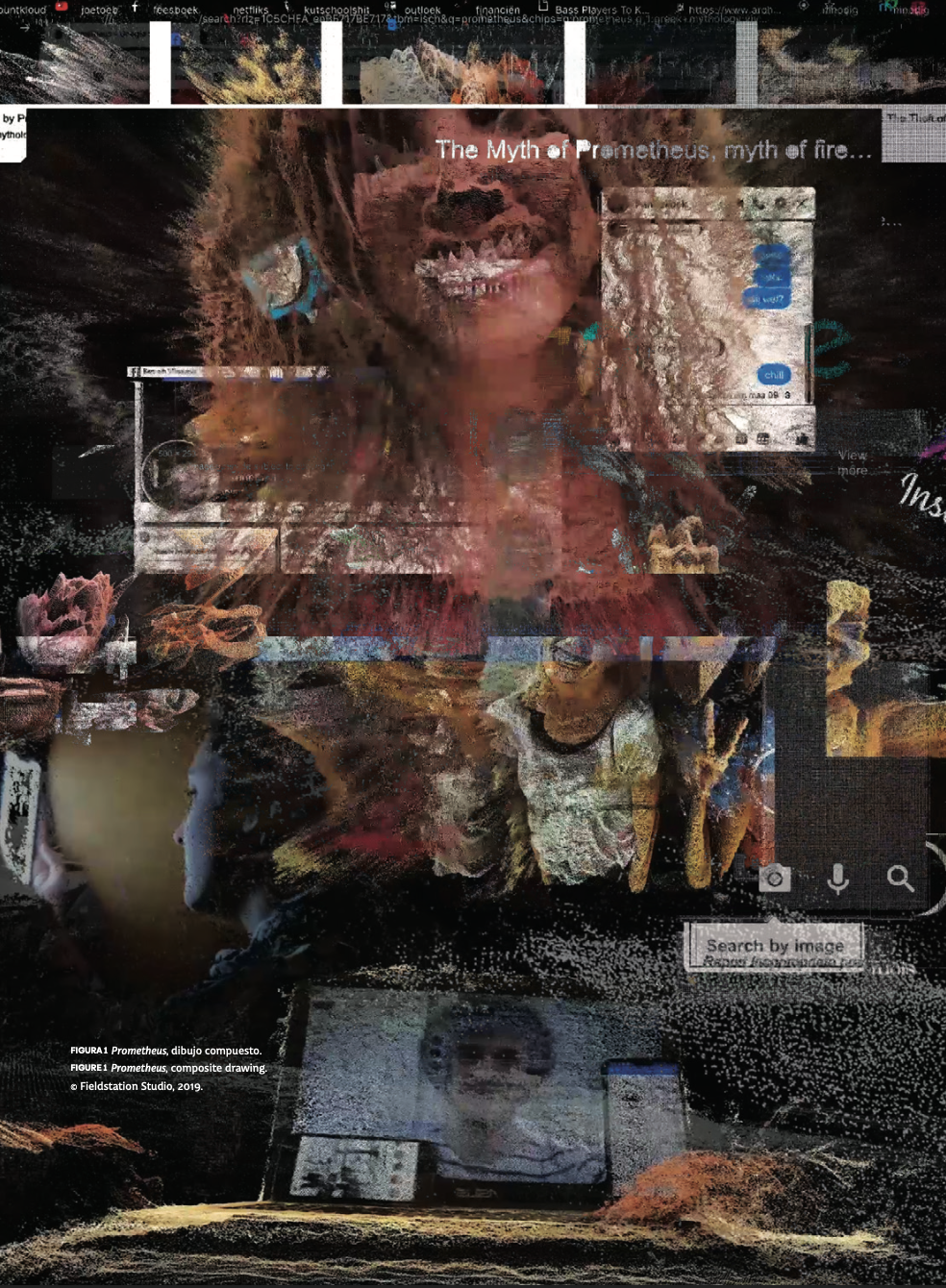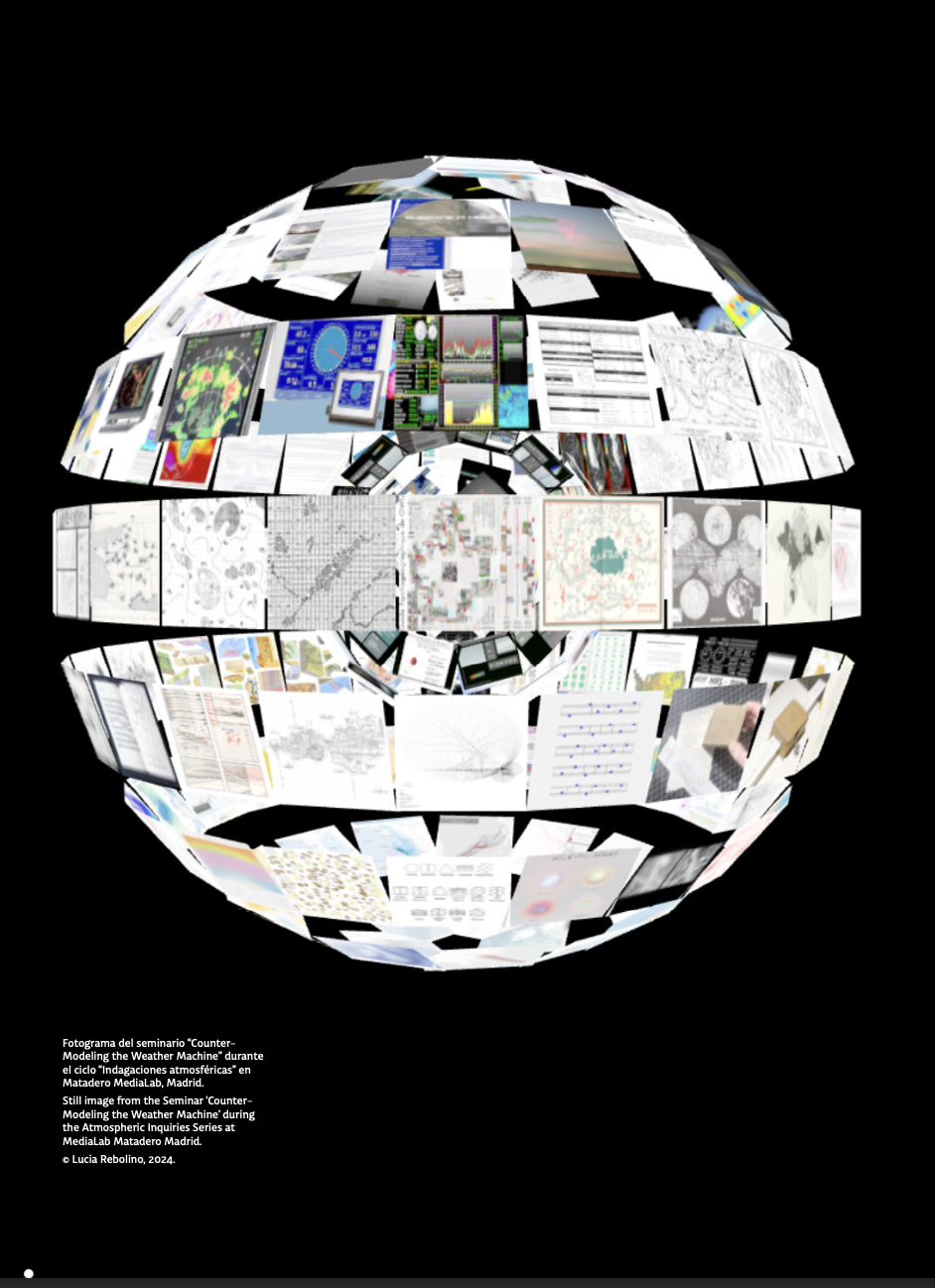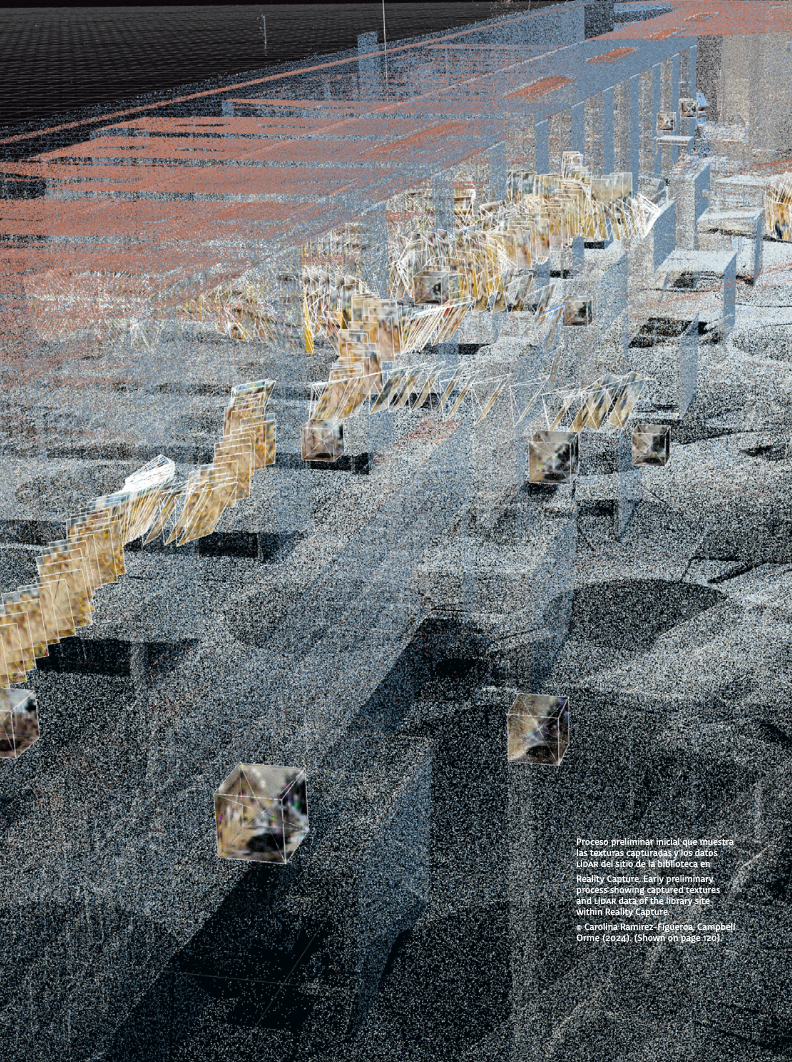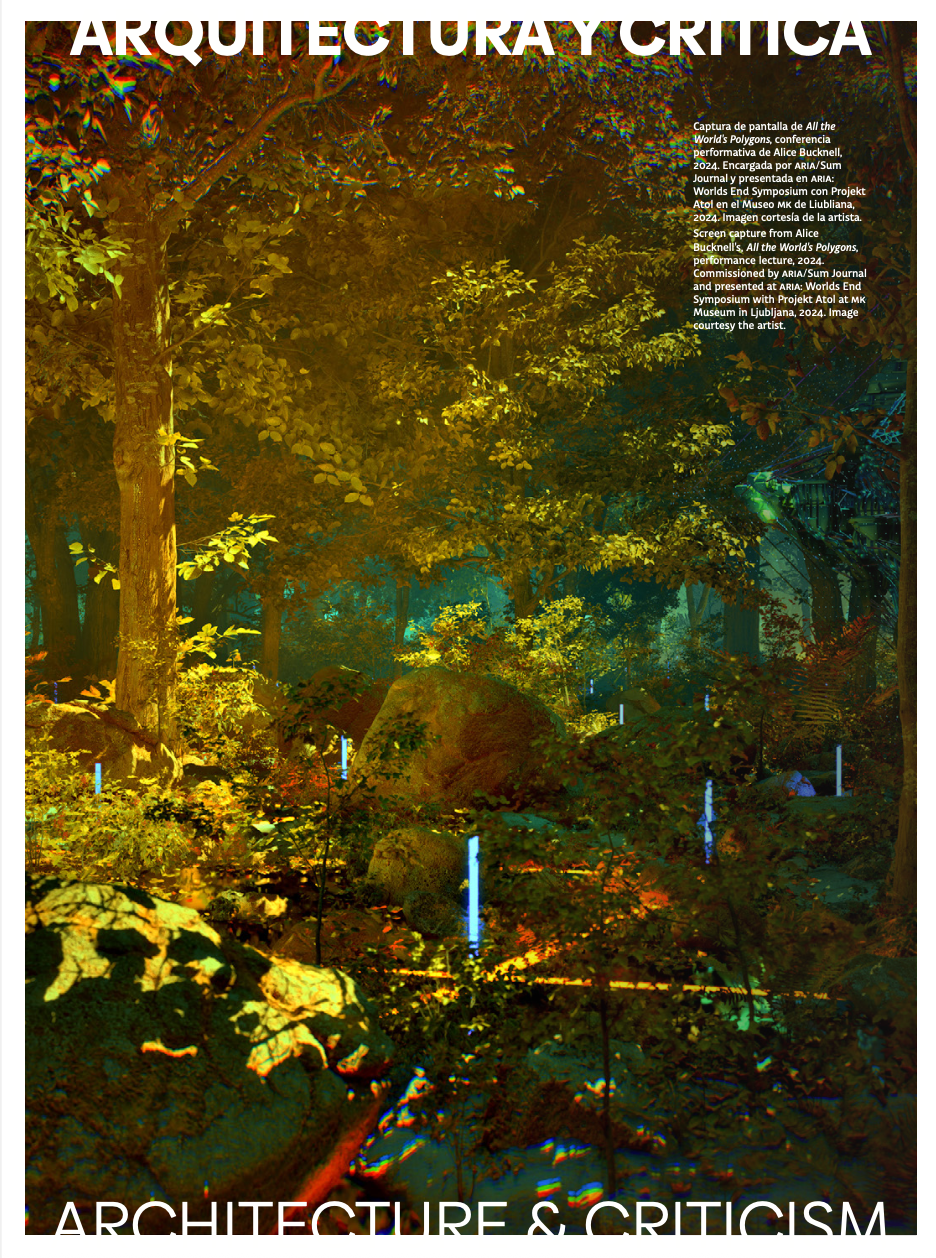OPEN CALL MATERIA ARQUITECTURA N°29
CIVICNESS
ARCHITECTURE AND THE POLITICS OF THE PUBLIC REALM
Guest editors: Anna Livia Friel & Agustina Labarca Gatica
Submission deadline: August 30,2025
Publication date: December 2025.
More information at link
The term character in architecture has long been contested. During the 17th century, it was defined as rational manifestation of a building’s function; later, Romanticism reframed it as an expression of personal and, by extension, national identity. Civic character of buildings, however, is often easier to recognize than to define. Historically, it has relied on a codified architectural language—designed to make power legible and to support the process of nation-building. These operations are deeply bounded to formal representation. Civic buildings tens to embody a social consensus—whether negotiated or imposed—that renders them intelligible to both experts and the public. Yet such consensus is never fixed in time, nor immune to reinterpretation or contestation.
Despite their different histories, geographies, technologies, and formal expressions, civic character remains recognizable in projects as different as Washington D.C. and Brasília. The symbolic resonance of the attacks on their congressional buildings in 2021 and 2023 underscores how these spaces are widely perceived as architectural embodiments of democracy itself. Both projects stand as two of the most ambitious experiments in civic architecture, yet resisting simplification: U.S. neoclassicism defies canonization, while projects like Brasília or Chandigarh are at the center of a modernist civic identity—even though beyond Europe and despite early modernism’s resistance to the notion of character.
Beyond theoretical positions—whether prioritizing spatial relations over symbolic expression, critiquing or defending a canon, or approaching architecture as a cultural, technical, or artistic practice—we continue to recognize civic character and differentiate the ideological frameworks that shape it. Today, as many political leaders drift away from the liberal democratic values while holding onto defined architectural visions (though not necessarily realized), the relevance of civic character resurfaces with urgency. Can architecture still aspire to public meaning without civic ambition?
While initiatives like the Green New Deal in the U.S. and the New European Bauhaus in Europe have captured attention producing a renewed interest on public architecture, they have failed to produce a tangible architectural agenda. In contrast, Latin America continues to face a pressing demand for public buildings and infrastructure, opening a fertile ground for rethinking what civic architecture can and should be today.
Materia Arquitectura 29 invites contributions that critically interrogate civicness in the contemporary built environment. We welcome submissions that explore its historical transformations, symbolic tensions, political potentials, and imagining its possible futures across different geopolitical contexts. We are particularly open to contributions that employ emerging methodologies, archival research, or critical case studies. Submissions may address built projects, unbuilt visions, or broader frameworks of public architecture—especially in contexts of crisis, institutional change and emerging political prospect.
Current Issue
No. 28 (2025): Materia Arquitectura 28 (Agosto/August 2025)
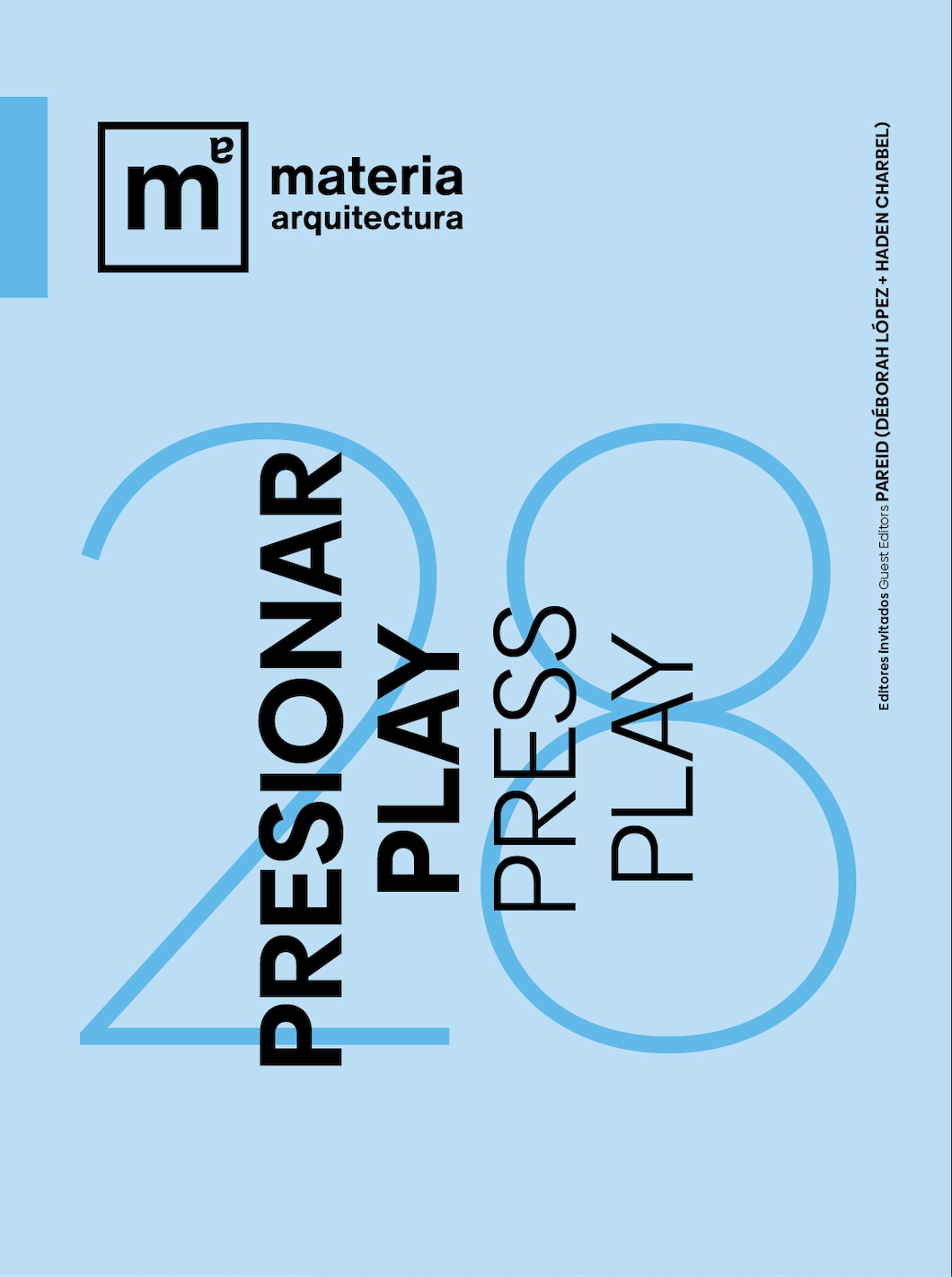
PRESS PLAY
Guest Editors PAREID (Haden Charbel + Déborah López)
Materia Arquitectura 28 critically explores the intersections between architecture, play, digital ecologies, and interactivity, addressing how the ludic and the simulated transform the ways we inhabit the world. In her interview, ALENDA CHANG investigates the potential of videogames to foster affective and political connections in the face of ecological crisis, highlighting play as a critical mode of speculative imagination. In a similar line, MARCELYN GOW analyzes the pedagogical potential of simulation as a future-oriented archive, emphasizing how speculative design can generate environmental knowledge-in-common. JOSE SANCHEZ presents Minga, a local multiplayer simulation that re-enacts the Chilote minga tradition as a tool to activate cooperation, reciprocity, and collective action within computational environments. LUIGIEMANUELE AMABILE, in turn, revisits ONL and NOX’s digital pavilions as immersive artifacts of the first digital turn–spaces where architecture becomes a sensory and performative interface. CORNEEL CANNAERTS and MICHIEL HELBIG introduce computational cinema as a critical tool to investigate architectural mediality in a technologically saturated context. LUCIA REBOLINO proposes counter-modeling as a critical strategy capable of subverting hegemonic narratives around climate, data, and infrastructure. RAMÍREZ-FIGUEROA ET AL. transform dust into a more-than-human speculative archive through virtual reality and immersive sound, challenging traditional modes of representation and preservation. FARZIN LOTFI-JAM traces the origins of real-time urbanism and its spatial, political, and military implications, exploring how simulation systems and immersive platforms reconfigure the contemporary city as an interface. PENELOPE HARALAMBIDOU andLUKE PEARSON document the Cinematic and Videogame Architecture program, where world-building is used to explore identity, imagine new futures, and rethink architectural education through interactive media.Finally, DESIGN EARTH reimagines the museographic history of Hope, the blue whale, as an animated critique of industrial extractivism and hegemonic narratives of modern progress.
Published: 2025-09-01
